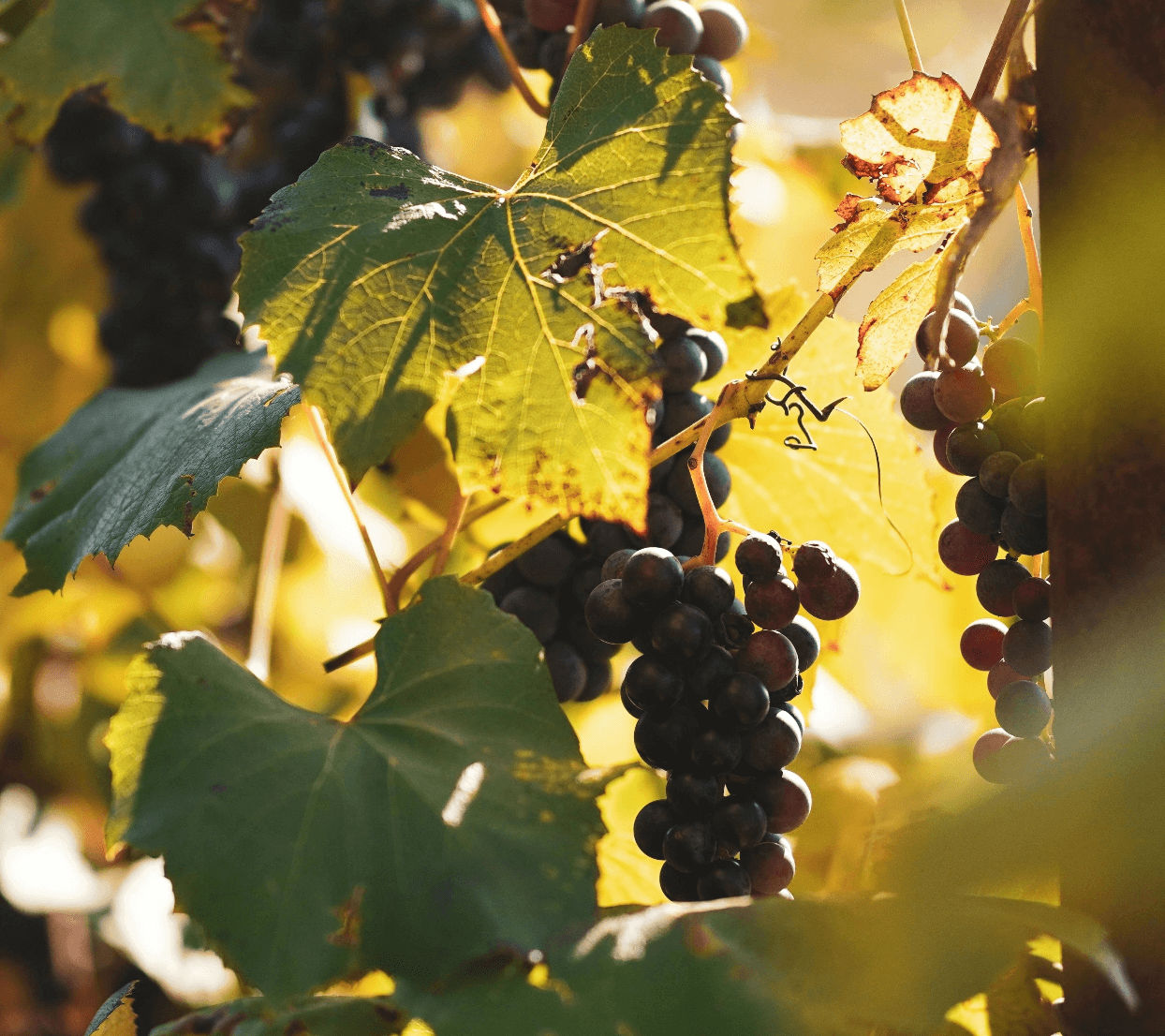When we look after that planet,
As a retailer, buyer or member, the power to make a difference is in your hands. The Australian wine industry is making strides in the adoption of sustainable practices, but we need your help.
The wine you choose to make or buy can change this country and the world. With your help, we can do better.

The certified Sustainable Winegrowing Australia trust mark assures retailers and consumers of the rigorous process members are undertaking to produce a sustainable wine. So, you can purchase a product with confidence in mind.
Our trust mark means the grapes comes from a certified vineyard and the wine is produced in a certified winery.
It ensures sustainable buyers are making a truly greener choice.
Australia’s sustainable wine community continues to grow, with certified members representing 50% of total membership, up from just 16% in 2020.
- WATER
- BIODIVERSITY
- WASTE
- LAND & SOIL
- ENERGY
- COMMUNITY
Agriculture accounts for approximately three-quarters of Australia’s water use*, but the local wine industry is doing its part to improve efficiency. Innovative monitoring tools and new drought-tolerant varieties are contributing to greater water use efficiency and helping Australian winegrowers produce world-class wines without contributing to overirrigation. Together, we are ensuring more water is left in our environment and waterways, where it belongs.
2.7x
more members are best practice at prioritising managing water efficiently*
Native vegetation has become an important priority in Australia’s quest for a truly sustainable winegrowing industry. Wineries and vineyards are employing recognised agricultural practices to restore native flora, and beneficial insects, removing weeds, and protecting and enhancing existing ecosystems.
More members have best practice measures in place dedicating land to biodiversity enhancement*
While reducing, reusing and recycling will always be the core, the vision has shifted to circularity, realising that waste can become alternative products and resources. Grape skins and stalks are being converted to compost. Electrolysis is being used to create cleaning products from winery wash-water. Even using different types of packaging, made with a higher proportion of recycled materials, can reduce waste.
4.5x
more members are best practice at taking action to reduce waste to landfill*
Maintaining and increasing soil health ensures its continued ability to sustain life, both now and for future generations. Healthier soils mean, healthier vines. Innovation is helping our vineyards reach land and soil care milestones. Less heavy machinery in vineyards helps prevent soil compaction, allowing improved water infiltration and more efficient water use. Nutrient management systems, informed by a range of diagnostic tools, allow for greater precision of nutrient application and loss from the soil.
56% of vineyard members have a best practice soil nutrient management program*
Energy efficient practices are one of the key tools in global efforts to reduce greenhouse gas emissions from impacting our environment.
In the Australian wine industry, there here has been a continued focus on innovation and, the adoption of energy-efficient practices and renewables. Every little bit helps, with measures ranging from adopting low energy LED lighting to the installation of solar panels.
4.7x
more members are prioritising best practice energy efficiency*
Not only is fostering a sense of togetherness socially responsible, but it also creates positive awareness of the contribution that wineries and vineyards make within their communities.
Examples of member contribution ranges from donating to charities in their local communities, providing support to schools, sports and the arts. Plus, a range of giving back causes that includes staff volunteering and hosting community fundraising events.
More members are contributing to their community in a positive way*
of Australia’s 65 wine regions embracing sustainable practices. 50% of members are certified, up from just 16% in 2020.
Adopting sustainable practices in the Australian wine industry is increasing.
Since 2020, more of the Australian wine community are doing more for sustainability. By December 2023, there were almost eight and a half times more certified vineyards and wineries, and an increase to 41% of fruit crushed nationally at member wineries in vintage 2023.
“My mantra is living within the landscape. We owe it to the world to live within the landscape where you are. It’s really, really important to look after it.”

Prue Henschke
Henschke Wines
“We know that having multiple species of things, whether it is grasses, flowering plants or insects, is providing benefits.”

Natasha Killeen
Stanton & Killeen Wines
“Nothing goes to waste during a vintage – certainly not the wine. Each of our outputs finds a second life either through our own actions or by working with our partners locally and globally.”

Louisa Rose
Hill-Smith Family Estates
“Increasing the capacity of soils … with the use of plants and their diversity, is the key to arresting the decline of soils throughout the world.”

Richard Leask
Hither & Yon
“In addition to solar power, we have integrated the use of Australian-made environmentally safe batteries (LiFePO4) to further reduce both our reliance on grid power and our carbon footprint.”

Wayne Ellis
Duxton Vineyards
DOWNLOAD THE IMPACT REPORT
Enter your details to download the 2023 Impact Report.